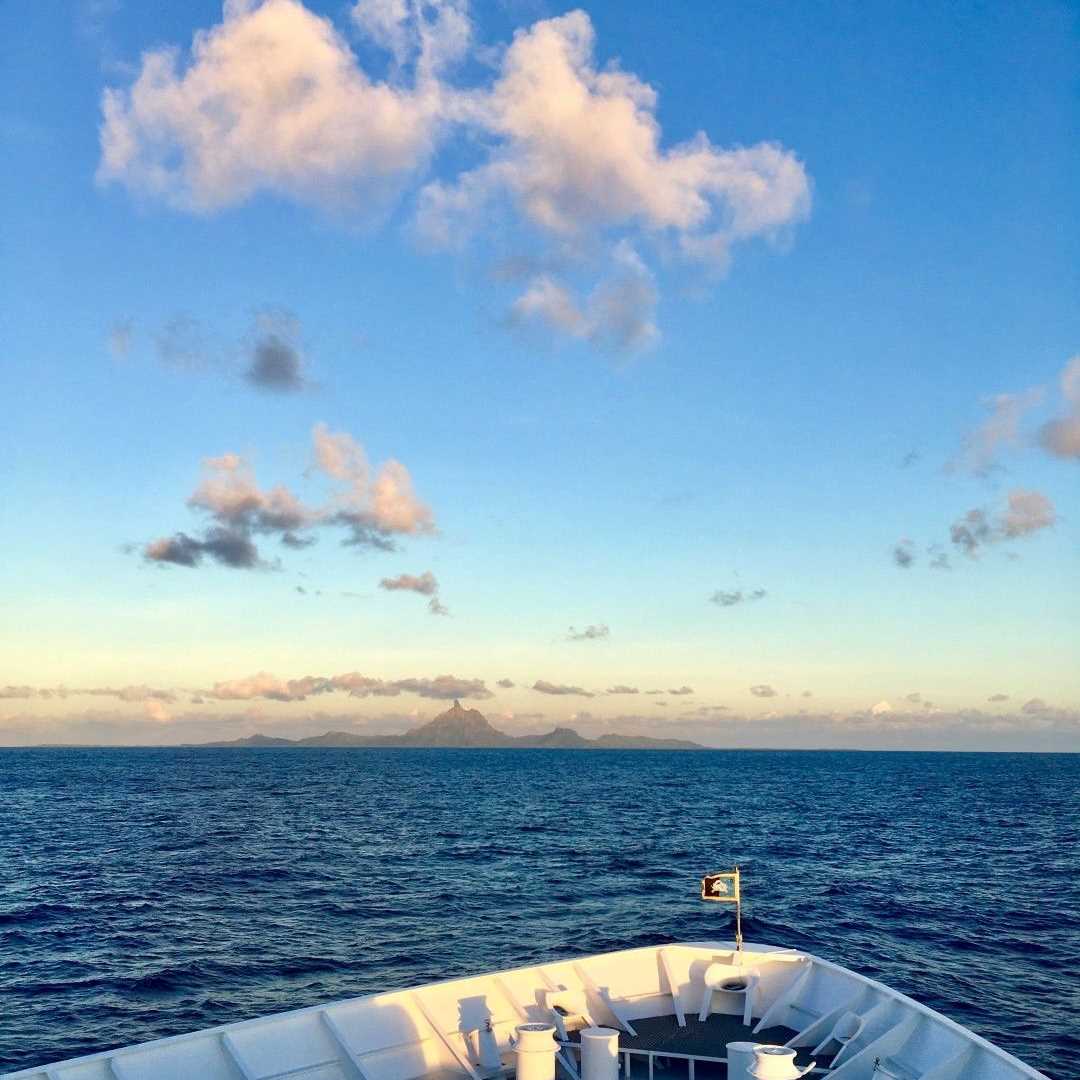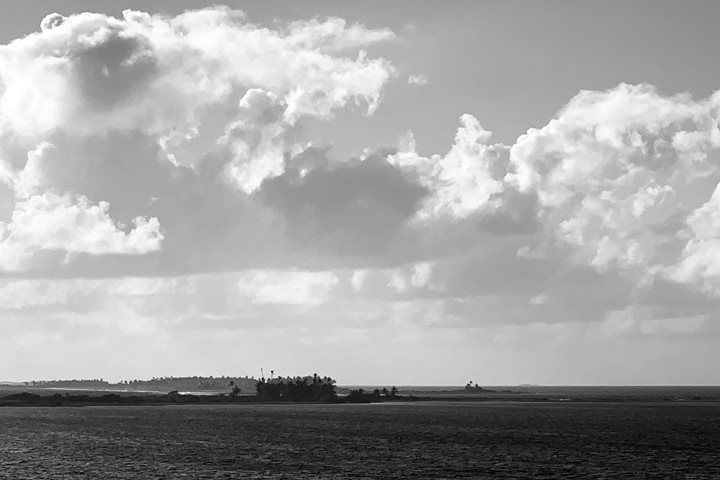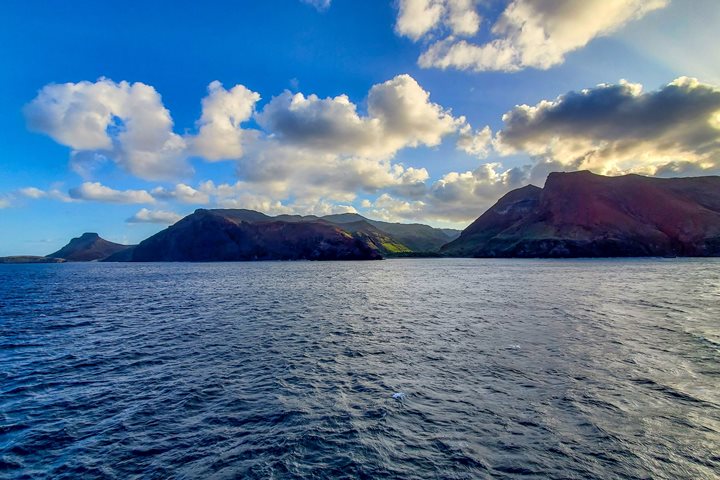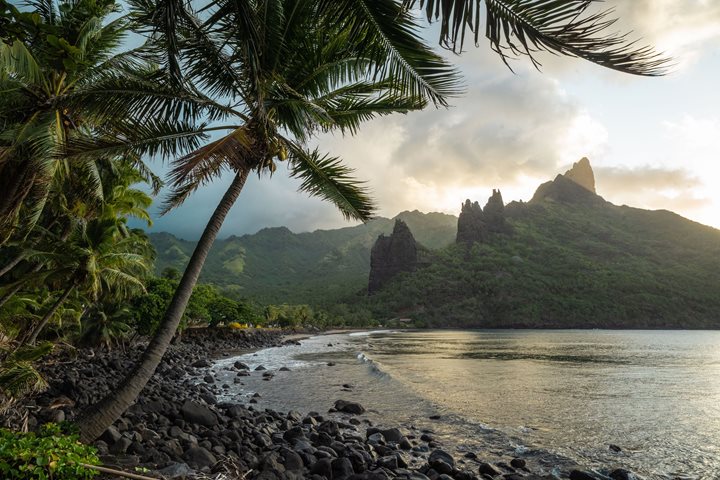We started the first day of our expedition at sunrise with the view of our first visit: Bora Bora.
We were greeted by the view of the island rising from the sea, with the height of Mount Pahia almost touching the clouds.
Sailing into the lagoon, we encountered a Polynesian canoe race that passed right in front of our ship, about a hundred rowers sprinting fast in a beautiful display of strength and endurance. The va’a, as it is called in the local language, is part of the Heiva festivities in July.
Many of our guests went during the morning to explore the island, going on excursions up the hills of this island and visiting many of the historical sites.
In ancient times the island was called "Pora pora mai te pora," meaning "created by the underworld." They believed this was the second oldest land to rise from the ocean. Pora Pora became Bora Bora, and when the Dutch explorer first landed on the island, he and his crew adopted the name Bora Bora which has stood ever since.
In World War II the United States chose Bora Bora as a military supply base, and an oil depot, airstrip, base, and defensive fortifications were constructed. Known as "Operation Bobcat," it maintained a supply force of nine ships, 20,000 tons of equipment and nearly 7,000 men.
However, the island saw no combat as the American presence on Bora Bora went uncontested over the course of the war. The base was officially closed in 1946. The World War II airstrip was never able to accommodate large aircrafts, but it nonetheless was French Polynesia's only international airport until Faa'a International Airport opened next to Papeete, Tahiti, in 1960.
During the day we had the pleasure of enjoying our own private island of Motu Tapu. We went snorkeling, kayaking, and enjoyed the stand-up paddle boards in the paradise turquoise waters of the lagoon.
We said goodbye to our first stop into French Polynesia, the island of Bora Bora, with our Captain’s Welcome Party by the sunset. Ready to continue exploring this area of the Pacific! Our next destination: Taha’a and Raiatea.







